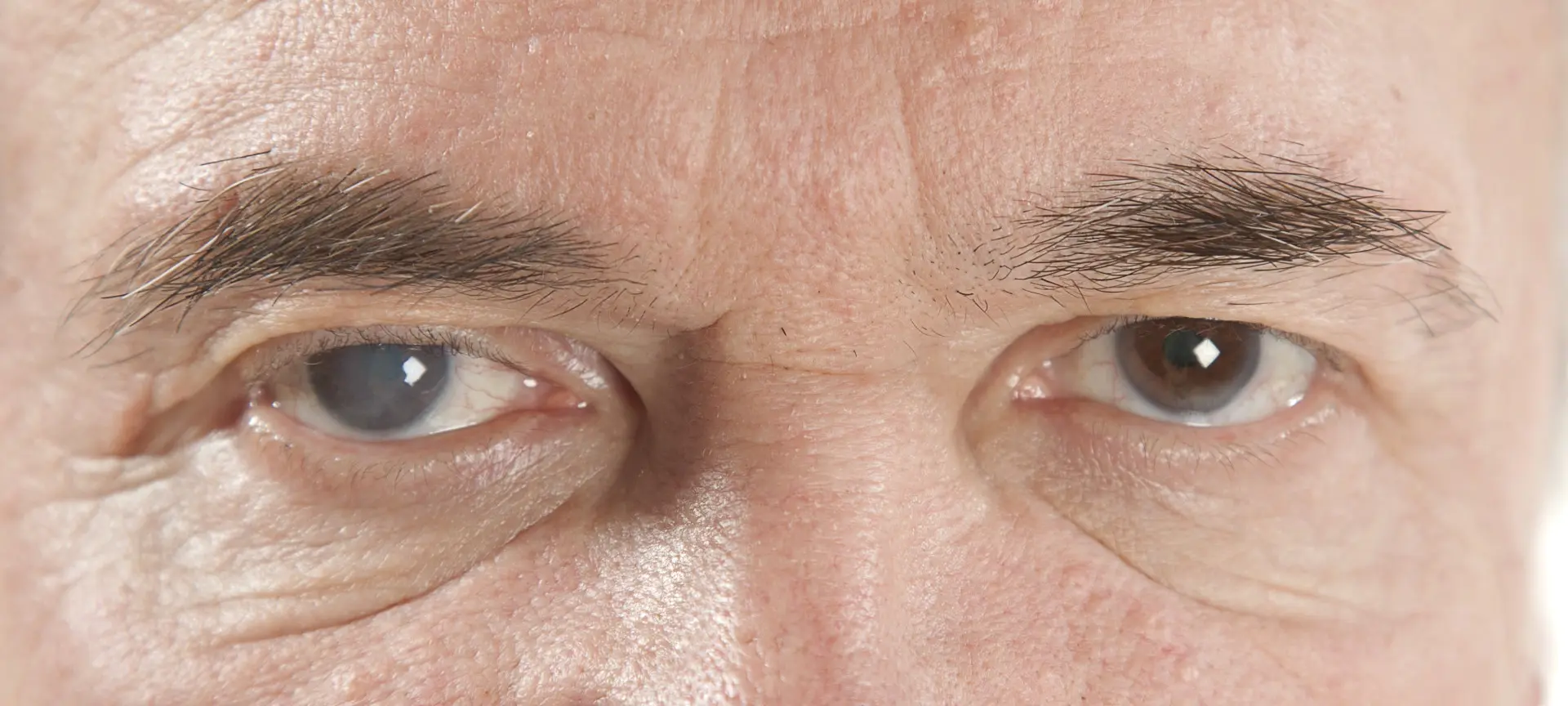Other Articles of interest

Understanding Cataracts: Causes, Symptoms, and Treatment Options


OAKVILLE OPTICAL SERVICES
Dry, gritty, irritated eyes are more than just a nuisance—they could be a sign of Dry Eye Syndrome (DES), a common and often chronic condition that affects millions of people worldwide. Left untreated, dry eye can impact your comfort, visual clarity, and overall quality of life.
Dry Eye Syndrome occurs when your eyes don’t produce enough tears, or the quality of your tears is poor. Tears are essential for maintaining healthy vision and keeping the surface of the eye lubricated, clear, and protected from irritants.
There are two main types of dry eye:
Symptoms can range from mild discomfort to severe irritation, and they may come and go. Common signs include:
If you’re experiencing any of these symptoms regularly, it’s time to speak with an eye care professional.
Symptoms can range from mild discomfort to severe irritation, and they may come and go. Common signs include:
A comprehensive eye exam is the best way to determine if you have dry eye and what’s causing it. Tests may include:
Your eye doctor will also ask about your lifestyle, symptoms, and medical history to customize your treatment plan.
The good news? Dry eye is manageable. Depending on the cause and severity, your treatment plan may include:
Over-the-counter lubricating drops are often the first line of defense for mild cases.
Medications like Restasis®, Xiidra®, or Cequa™ help increase natural tear production and reduce inflammation.
For evaporative dry eye and MGD, regular use of warm compresses and gentle eyelid cleaning can help unclog oil glands.
Tiny, biocompatible devices inserted into tear ducts to reduce tear drainage and keep the eyes moist longer.
Advanced treatments like Lipiflow®, IPL (Intense Pulsed Light), or BlephEx® help treat MGD and chronic inflammation.
If your eyes often feel dry, irritated, or uncomfortable, don’t ignore it. Dry Eye Syndrome is more than just a minor inconvenience—it can affect your vision, increase your risk of eye infections, and lead to long-term eye surface damage if left untreated.
Dry Eye Syndrome is a common yet treatable condition. With proper diagnosis and a personalized care plan, you don’t have to live with constant discomfort. Whether your symptoms are occasional or chronic, taking steps now can protect your vision and restore your eye comfort.


brands












